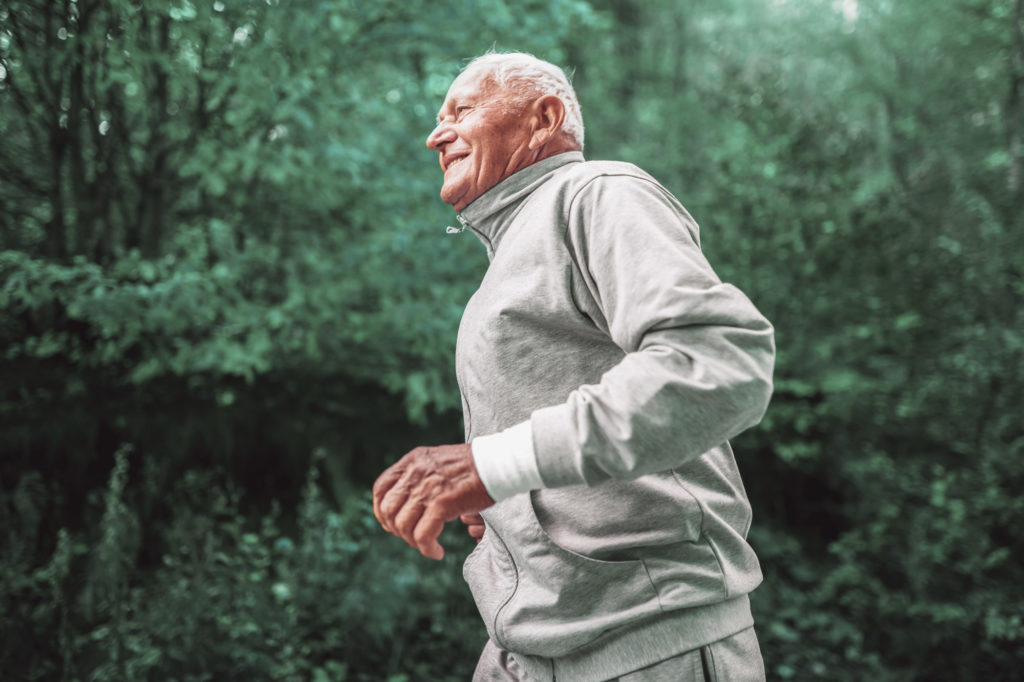Cold-Weather Movement

While there’s no one perfect temperature or recommendation for everyone, we have a few things to keep in mind while you go out for your cold weather movement.
One of the benefits of working out in the cold is that endurance is often increased. Because of the cooler temperatures the heart does not have to work as hard, you sweat less, and expend energy more efficiently meaning you can go longer and farther than you may be able to in warmer weather.
In fact, scientific research found that prolonged moderate exercise in cool weather between 40 and 50 degrees resulted in the longest exercise time before exhaustion. Obviously long workouts such as these have a myriad of health benefits on the body. Additionally, for many, exercising in cool temperatures like these can be more comfortable as overheating is much rarer.
There are some downsides to exercising in the cold to keep in mind, however. One of the most obvious is hypothermia where your body temperature is abnormally low. This mostly occurs in extremely cold temperatures or windy conditions. To combat this risk, be sure to wear layers that can keep you warm when need be, and can taken off if your exercise warms you back up. We also recommend keeping a charged cellphone on you in case of any emergencies.
Besides this risk, cold weather can have some deleterious effects on your body. For instance, cold muscles are at greater risk for injury or strain. Make sure to warm up with stretches or a quick in-door work out to avoid this. Additionally, lactate acid accumulates at higher rates under cold temperatures, so you may find your muscles aching more after a cold weather work out than you’re used to.
One of the most interesting effects the cold can have on your body is the production of appetite hormones, meaning you’re much more likely to feel hungry after exercising in the cold than you would during a warm workout. This isn’t necessarily bad as long as you make wise nutritional choices that help your body refuel and heal from your workout.
